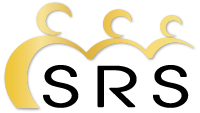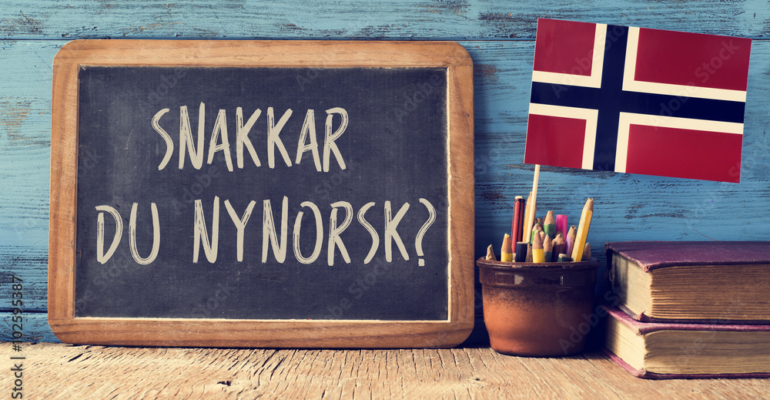Learning Norwegian
April 20, 2022 2022-05-25 8:29Learning Norwegian
Learning Norwegian
So, you’re ready to live and work in nursing in Norway. But before embarking on your new adventure in Scandinavian healthcare, it is very important that you learn Norwegian to a professional level. The good news is that for native Spanish speakers, learning Norwegian is far easier than you might think!
A language is not just words. And like Spanish, there is history and culture behind Norwegian. And it is helpful when beginning your studies to know a little about how the Norwegian language developed over the years.
Norwegian (natively known as Norsk) is a Scandinavian language, a collection of North Germanic languages closely related to each other, in part thanks to the Vikings and their travels. The heritage of Viking Norwegian is also known as Old Norse. After the Viking era, Norway entered a long union with Denmark, and Danish became widely used in Norway, which began to develop into the modern Norwegian languages of today.
Now, there are two forms of written Norwegian, Bokmål (book language) and Nynorsk (new Norwegian). Bokmål is the dominant form, taught as standard in 86.5% of schools, and is the language of urban Norway. Nynorsk is used mainly in rural Western areas of Norway and represents just 12% of the population. You will learn Bokmål when you apply to work in nursing in Norway.
Pronunciation
Norwegian has long been considered one of the easiest languages to learn. This may come as a surprise at first but it shouldn’t. Consider this for a bit: one of the first things that any language learner struggles with is pronunciation. But not when learning Norwegian! Norway, until fairly recently, consisted of towns and small cities that were isolated from one another. As a result, local and regional dialects developed on their own, producing an incredible range of sounds for the same word. In Norwegian, there is normally more than one correct way of pronouncing a word, yet easily understandable once you get to understand even a little Norwegian. Which in turn brings down the level of difficulty when learning Norwegian.
Grammar
Perhaps the best news of all when it comes to learning Norwegian grammar, it’s really quite easy! In Spanish, we are used to six forms of conjugated verbs, but in Norwegian, there’s just one form for each tense! So “yo soy” is jeg er; “tu eres” is du er; “él es” is han er; and “ella es” translates as hun er. That means that “soy”, “eres” and “es” in Spanish are all simply translated by one word in Norwegian: er. Så lett – so easy!
Vocabulary
Compound words are commonplace in Norwegian, whereby two words are stitched together to make a new one. Very often, the compound word takes on a whole new meaning. Take, for example, soloppgang which literally means “sun up going”. This is the word used for “sunrise”. Or, or different types of shoes: joggesko, tursko, vintersko, fotballsko, pensko. You have the word sko, meaning “shoe” and by adding the words jogge (running), tur (walking), vinter (winter), fotball (football), or arbeids (work) to the word sko you get running shoes, walking shoes, winter shoes, football shoes, and work shoe. Great isn’t it? Beginner Norwegian learners can drastically expand their vocabulary just by learning to combine words!
Don’t be afraid to immerse yourself in this beautiful language. If you’re planning on a career in nursing in Norway; speaking Norwegian will be a necessary step to your success in Scandinavian healthcare, making long-lasting friendships, and ultimately integrating into Norwegian society. Your journey to work in nursing in Norway and learn Norwegian in 2022 starts here!







